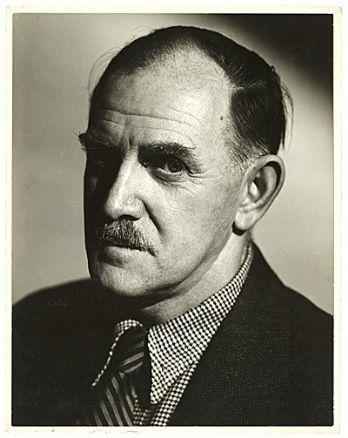Milton%20Avery Works

Milton Avery (1885 – 1965)
Milton Avery was a prominent Modernist painter whose work combined abstraction and realism. Most of his subjects were marine scenes or figure studies. His work provides a link between the earlier European colorists, such as Henri Matisse, and those of the later New York School, painters Mark Rothko and Adolph Gottlieb in particular, who were also close friends of Avery.
Born in Altmar, New York, Avery moved to Connecticut in 1898 and later studied at the School of the Art Society of Hartford and the Connecticut League of Art Students. In 1925, he enrolled at the Art Students’ League in New York City. His works debuted in New York at a group exhibition in 1927 at the Society of Independent Artists and a year later, he had his first solo show at Opportunity Gallery.
In his free time, Avery studied European Post-Impressionism, Fauvism, and Expressionism, which all greatly influenced Avery’s own style. During the 1940s, he developed his signature style characterized by simplified and varying color planes, inspired by Matisse in particular.
In 1944 Avery met prominent gallerist, Paul Rosenberg, who had fled from World War II to New York. With Rosenberg’s support and connections, Avery came in contact with distinguished collectors and museums. Avery's work can now be found in the Museum of Modern Art, New York; the Metropolitan Museum of Art, New York; the Philadelphia Museum of Art; the Smithsonian American Art Museum, Washington, D.C.; as well as many other major public collections throughout the United States.
Photo Source: Smithsonian American Art Museum

